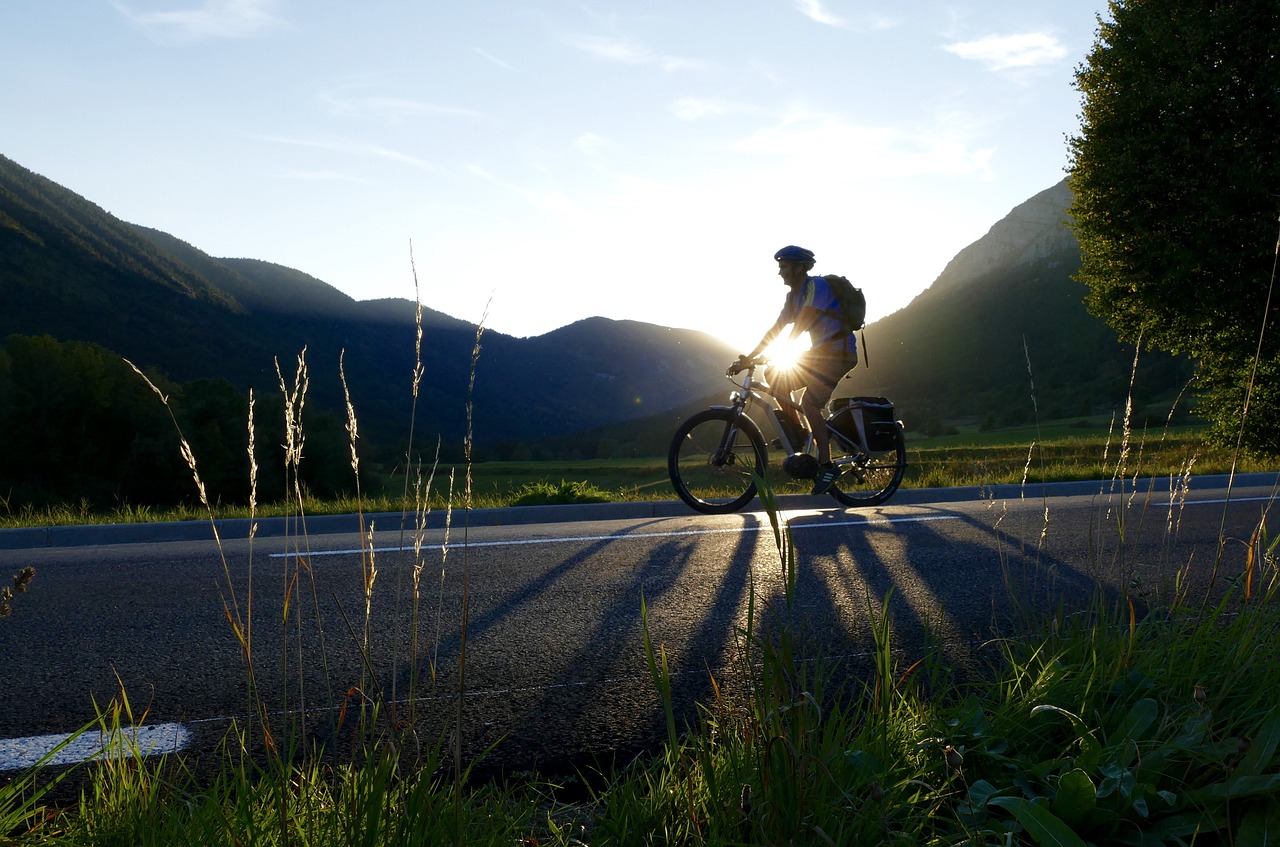The Ultimate Guide to Choosing the Perfect Electric Bike for You

1. License for E-bike
The need for a license to ride an electric bike (e-bike) varies depending on the country and jurisdiction. Here are some general guidelines:
United States
In the US, the regulations for e-bike licensing vary by state. As of now, 26 states adopted three tiered classification (Class 1, 2 and 3). The different among these three classes are the top speed and the pedal-assist technology.

Class 1:
An e-Bike is classified as class 1 when it has a top speed of 20 miles/hour and the motor that works only wth pedaling.
Class 2:
When the E-Bike reaches 20miles/hour, the motor will stop the output.
Class 3:
When the E-Bike reaches 28miles/hour, the motor will stop the output. However, it’s important to check the specific laws in your state, as some states may have additional requirements. Some states impose additional safety restrictions for riders on Class 3 cycles.
European Union
E-bikes with pedal assistance up to 25 km/h (15.5 mph) and a motor power of 250 watts or less are considered regular bicycles and do not require a license.
Belgium
250W 25km/h limited for all ages without helmet
1000W 25km/h limited, over 16-year-old, without helmet
Denmark
45km/h limited, over 15-year-old, with helmet
United Kingdom
The pedals must be in motion for electric assistance to be provided and the top speed does not over 25km/h with power output less than 250W.
Canada
The regulations for e-bike licensing vary by province and territory. In general, e-bikes that meet specific criteria, such as having a maximum speed of 32 km/h (20 mph) and a motor power of 500 watts or less, are typically treated as bicycles and do not require a license.

2. Battery Capacity and Range
The Capacity of the battery decided the range of e-bike can be ride. The unit of the capacity is Watt Hour ( Wh ). For example, 700Wh battery is larger than 500Wh, which mean the 700Wh could be ride further than 500Wh with the same output motor. Charge cycle, which is another curser element of choosing e-bike, decided the life cycle of the battery. Higher the number better the quality.
3. Motor Power and Performance
The power of motor is counted in Watt( W ). Mostly, the power is closely related to the license, whether the e-bike is required the license or not. The larger the number of power the faster you are. For example, 400W motor is faster than 200W one.
4. Your Riding Needs and Usage
Choosing the right type of your e-bike assess your riding needs is important. The terrain you’ll be covering, and the distance you plan to travel. Determine whether you’ll be using the e-bike for commuting, off-road adventures, or leisurely rides around town.



